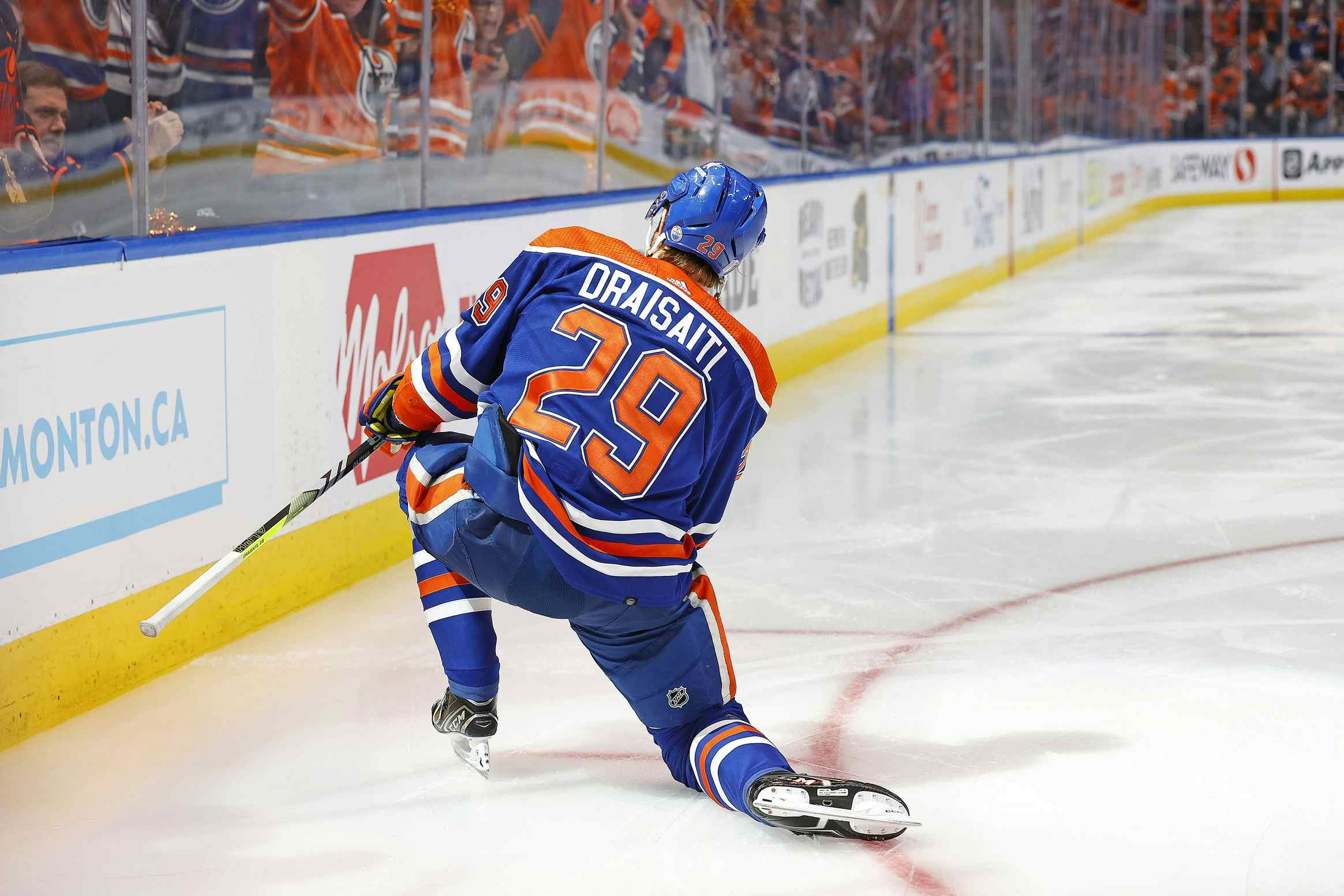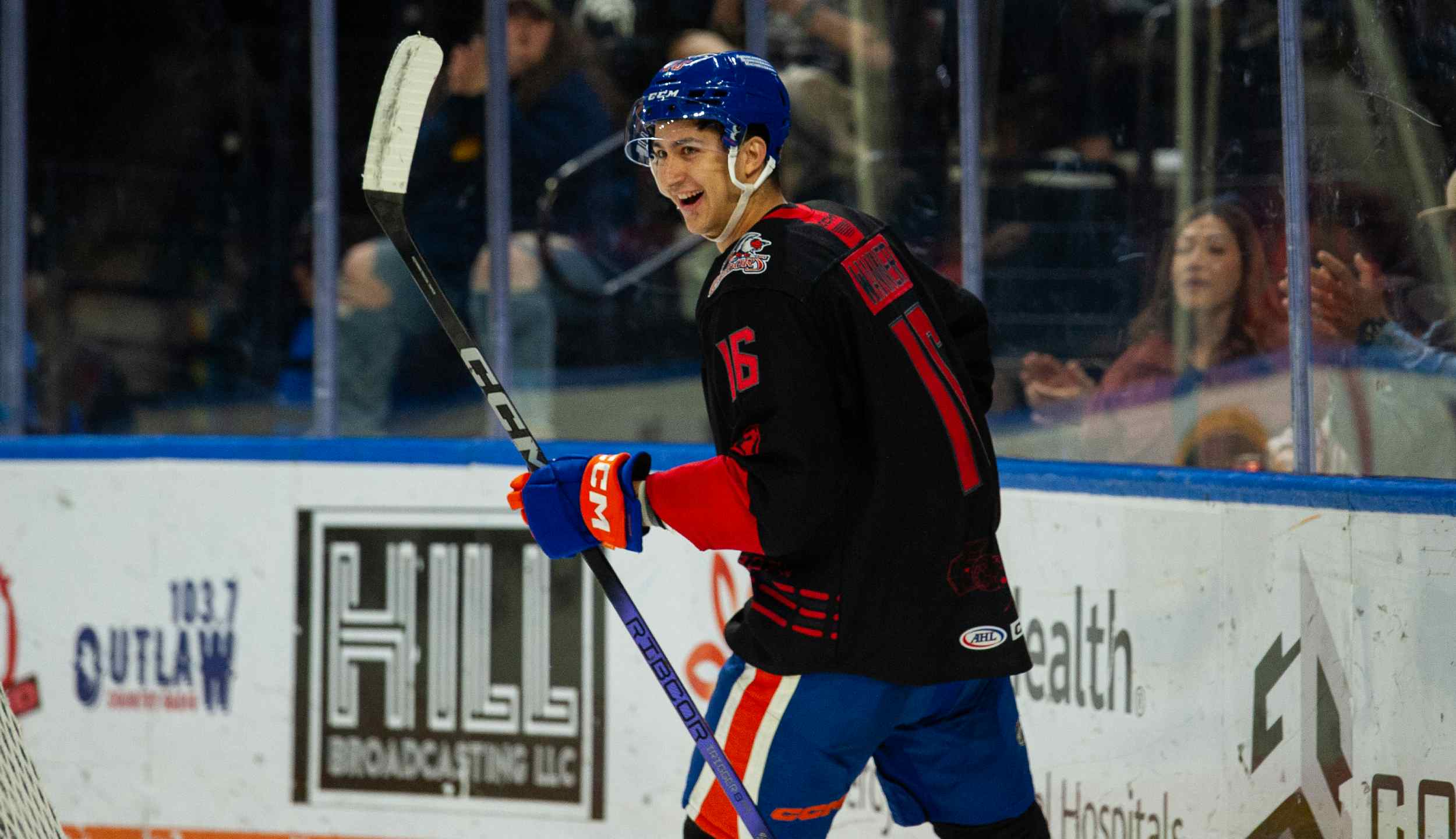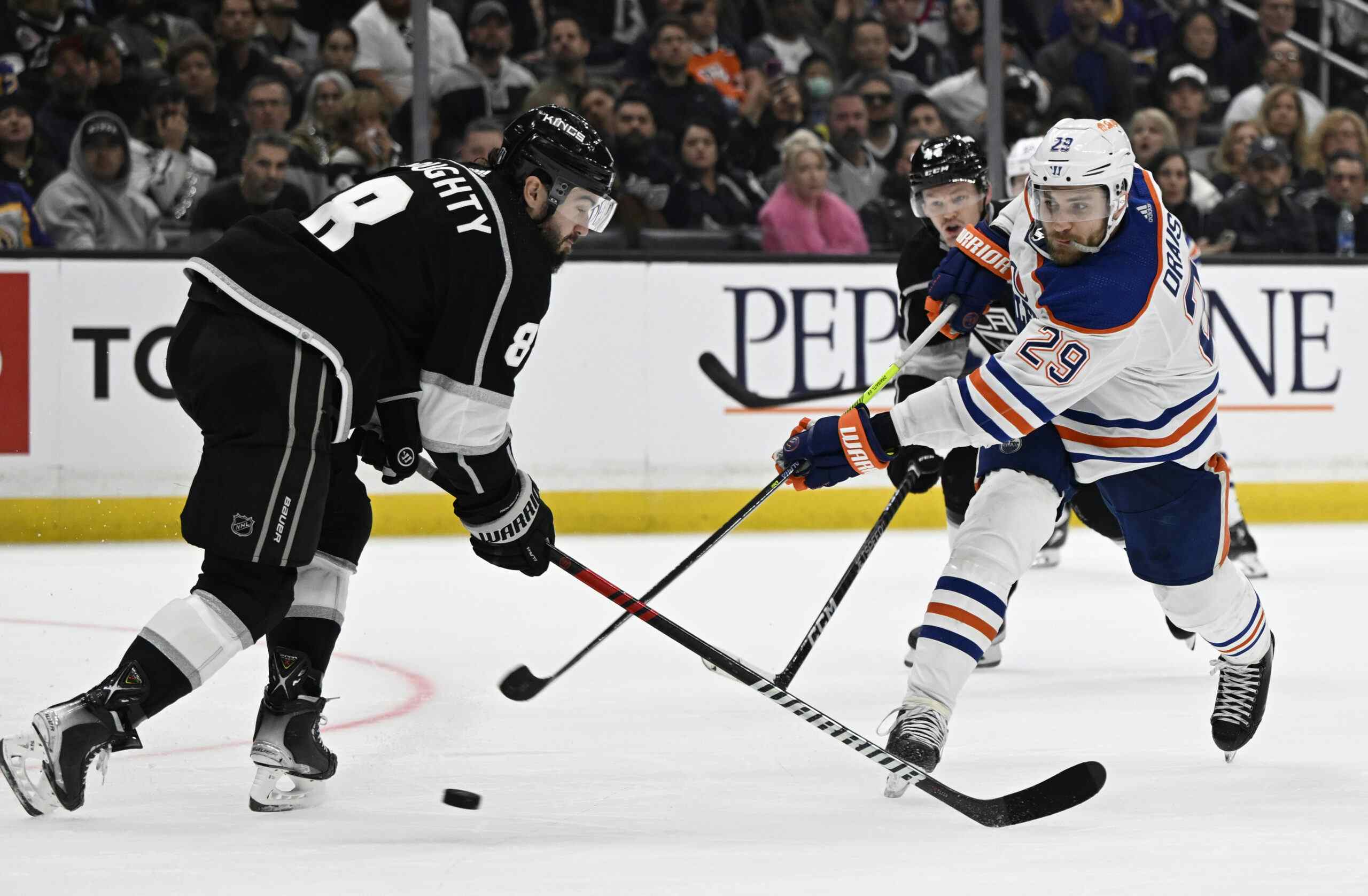By the numbers
The ongoing debate between advocates of advanced stats in analyzing player performance and “traditionalists,” those who primarily base their opinions on what they see and more simplified numbers, is one I’ve never had any real interest in entering. Still don’t.
Obviously, though, I did exactly that when I agreed to do a Q&A with Sundeep Mahli over at PunjabiOil back on March 19 and answered a question posed to me about advanced stats.
The question and answer was:
Q: On the Oilogosphere, many references are made to advanced hockey statistics such as EV/60 (Even-strength points per 60 minutes), PPP/60 (Power play points per 60 minutes), EV+/EV- (+/- after filtering out empty net goals for/against situations). These numbers are updated daily. How interested is the media in finding out more about these numbers? Do GM’s take these numbers into account, or do they take more of a conventional “Eye-based” scouting approach when negotiating contracts and signing free agents?
A: “I’m not the least bit interested in these numbers. I know what I see and I know what I think. I’ll go with that over pages of statistics any day. As for GMs, that’s a broad question. I suspect there’s a wide range in answers for that.”
Jackass revisited
Journal reporter and Edmonton Oilers fan David Staples revisited that comment this week in his popular Cult of Hockey blog, when he wrote: “Veteran hockey writer Robin Brownlee of OilersNation is in this camp. Recently asked by Sundeep Mahli of Punjabi Oil what he thought of the advanced stats, Brownlee said…”
I guess six months ago is “recently,” at least relative to the 24 years I’ve been a sportswriter, but now, just as back when I made the comment, it’s drawn a predictable response from the many people who put a lot of weight in advanced statistics.
How could I be such an arrogant jackass? Who am I to dismiss out of hand the analysis of intelligent people who’ve put in a lot of work to find ways to provide a clearer, more accurate picture of player performance? You get the drift.
That wasn’t my intention, but having never been long on tact or diplomacy, it’s no revelation to acknowledge that my answer to the question could be and was taken as a slight by “stats guys.” In the name of clarification, I’ll say the following about the stats I use and why.
Tools of the trade
First and foremost, as a long-time beat reporter covering the Oilers, my reason for drawing a pay cheque was straightforward—generate column inches of copy, and plenty of it. The Sun or the Journal, it didn’t matter. Even when news holes shrunk during times of decline in advertising, you could write your face off when it came to the Oilers and NHL.
I’ll be the first to admit much of that copy is a dumbed-down version of analysis when compared to what’s out there now.
But, to emphasize, the mandate of the beat man isn’t to break things down to anything approaching the level of analysis being done now, it’s to find the best story, the nut of truth and the best quotes and generate copy on the fly, complete with advance stories, columns, preview boxes and sidebars. And we need it now, please.
So, as you jet into Denver or Tampa Bay or San Jose or wherever and head to the rink for the morning skate, you’re looking for the story of the day. How about Jumbo Joe’s Slump? Will Sakic kill the Oilers yet again? What’s this I hear about Kevin Lowe looking for a shutdown d-man and why was he in Chicago for two straight games watching the Blackhawks?
Boxcar bum
With that in mind, I answered Mahli’s question, admittedly ham-handedly, based on my circumstances, not those of somebody taking a longer look at trends and numerical data. The stats I use are pretty simple:
- Boxcar stats. Self-explanatory.
- Ice time at even strength, shorthanded and on the power play.
- Point streaks. Who’s hot, who’s not? Likewise, shutout streaks, PP and PK streaks
- Power play and penalty-killing numbers, both in terms of league standing and against a particular opponent.
- Career scoring against opponents and opponents scoring against the Oilers. Why do some guys look like Rocket Richard against the Oilers and Richard Simmons against the Flames? Trends.
- Past and current injuries. Who’s durable and who’s got the pain threshold of a (sorry, Joni Pitkanen) a four-year-old girl?
- Career milestones. It’s an easy sidebar when you know so-and-so will hit 500 goals or 1,000 points, whatever, with a goal or an assist in the game that night.
Eyes and ears
In short, I’ve always used statistics that easily translate into generating stories, with the emphasis on “easily.” In my business, though, the numbers I checked and relied on were always a distant third in terms of churning out copy.
First in that regard is what I see. Second, hands down, is the information I can gather because I have a press pass and access to coaches, players and general managers around the league.
While advanced stats might provide insight into a 17-game points scoring streak by Sidney Crosby, people, by and large, would rather hear what Sid The Kid has to say about it, even if it’s somewhat mundane. “I’m just feeling super-confident right now…” or “Hey, if they want to concentrate on shutting Malkin down, I’ll be open all night long…” It’s the beat man’s lot in life to provide it.
Advanced stats, at least for an old school guy like me, aren’t the No. 1 tool when it comes to doing that because I have that access. It’s not a leap to suggest most bloggers rely more heavily on numbers because they have to—they don’t have the same access.
That DOESN’T, however, translate into me thinking advanced stats are invalid. If you look at my reference to whether or not NHL general managers use them, you’ll see I’m hardly dismissing advanced stats. For my gig, at least my old gig, they didn’t come into play very often.
—Listen to Robin Brownlee every Thursday from 4 to 5pm on Just A Game with Jason Gregor on Team 1260.
Recent articles from Robin Brownlee






